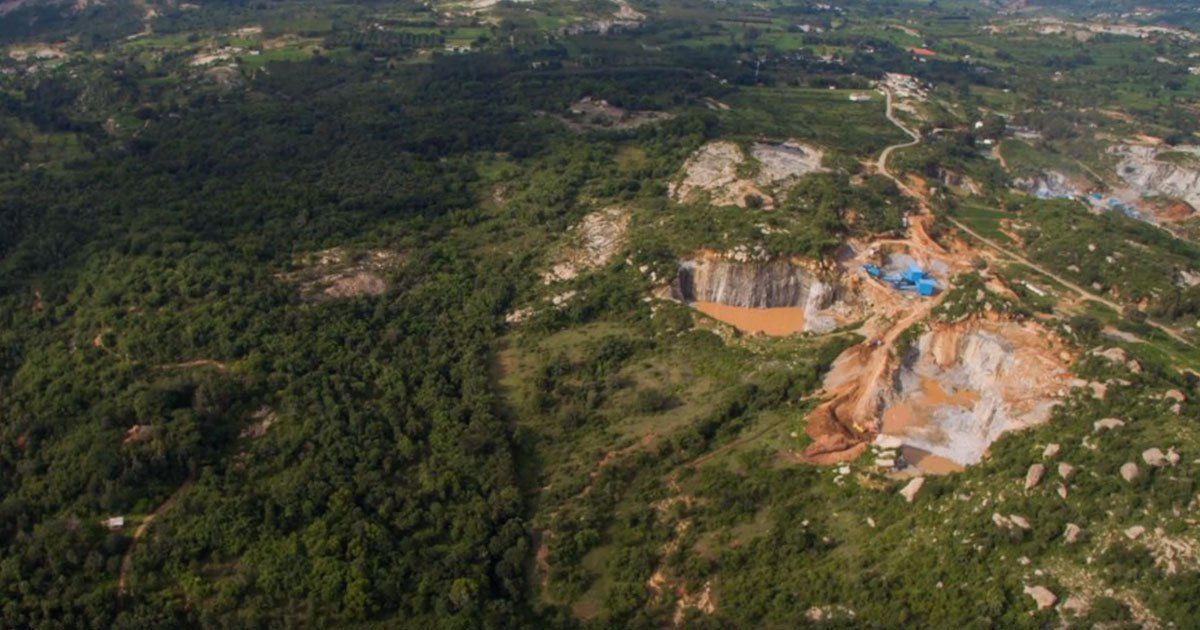Bengaluru, which is now turning into a concrete jungle, was once called the “Garden City” of India. Sprawling lakes and beautiful canopies adorned the city. Rapid urbanisation has led to the decrease of green cover to the extent that only 14,78,500 trees are left, according to an IISc study.
With this severe reduction of green cover, the only respite for Bangalore is the Bannerghatta National Park, which is often called the lungs of the city. Bannerghatta National park situated in the south of Bangalore was started in the year 1971 over an area of 110.1 sq.km comprised of 12 reserve forests. Now, a total of 11005.89 Ha of the area is under the park.
Importance of Bannerghatta
It is home to several species of animals including the endangered Asian Elephants, Indian Gaur, Sambar Deer, Spotted Deer, Wild pig, Sloth Bear, Pangolin, Black-naped Hare etc. Now, just several species of reptiles, mammals, amphibians and birds live in the forest. It is also an important location on the northern side of Mysore Elephant Reserve. It facilitates the movement path for Asian elephants that migrate from the adjacent Cauvery Wildlife Sanctuary, Krishnagiri and Hosur Forest Division of Tamil Nadu.
It is a crucial watershed for streams such as Antaragange Hole, Rayathmala Hole, Hebbalahalla, Suvarnamukhi. All these streams drain into the river Cauvery. It also sustains hydrology vital for maintaining the hydrological regime of rivers.
There are almost 120 human settlements located within five kms from the Bannerghatta National Park boundary, and there are five human settlements inside. Scheduled Tribes dominate the settlements with livestock rearing and agriculture as their main profession.
What is the need for the forest?
The unchecked exploitation of forest resources due to urbanisation has been a significant threat to the conservation of forest and its resources.
Stone quarrying and artificial sand manufacturing industries have been posing threats to the survival of national park. Even though there is a ban on quarrying of building materials around the national park to a radius of 1 km from the boundary of the park, the quarrying activities go unchecked.
This 1 km around the park also called the ‘Safe Zone’, was made in the interest of providing peaceful and tranquil habitat to wildlife. Unabated activities of quarrying are causing disturbances to wildlife due to excessive use of explosives and regular movement of heavy vehicles. These quarrying activities are illegal.
The illegal quarrying issue gave rise to human-animal conflict around the elephant corridor in Bannerghatta forest. Roads have been illegally built through the forest resulting in increasing number of road kills.
Not only quarrying, poaching, stealing of natural resources of the forest, and theft of sand is rampant in the area. In a notable incident, three poachers (with crude bombs to blow up wild boars) were apprehended by forest guards who were unfortunately beaten up by the poachers. The forest guards reported the matter to the police but the incident was ‘resolved’ when the poachers reached an amicable settlement with the forest guards.
(function(d, s, id) { var js, fjs = d.getElementsByTagName(s)[0]; if (d.getElementById(id)) return; js = d.createElement(s); js.id = id; js.src = ‘https://web.archive.org/web/20200928054159/https://connect.facebook.net/en_US/sdk.js#xfbml=1&version=v2.12’; fjs.parentNode.insertBefore(js, fjs);}(document, ‘script’, ‘facebook-jssdk’));
Re-invoking our PIL to stop the eco-plunder of Bannerghatta National Park, Bengaluru. Please sign the petition. We need 1 Lakh signatures so we can ask the Supreme Court to intervene and take corrective action. Share with all and show your support! https://www.change.org/p/sri-narendar-modi-re-invoking-urgent-pil-to-save-bannerghatta-national-park?recruiter=622861472&utm_source=share_petition&utm_medium=copylink&utm_campaign=share_petition&utm_term=share_petition
Posted by Vijay Nishanth on Thursday, March 15, 2018
Elephants under threat
Most elephant corridors in the State are under threat. In 2012, Dr Raman Sukumar, pachydermist and professor of IISc along with a few others identified 20 corridors in South India. Almost 77.23% of these corridors were regularly being used by elephants to move from one place to the other.
The Thalli-Tanda corridor connects the Bannerghatta National Park, Kanakapura range and the northern part of Hosur forest division. Justice Shailendra Kumar in 2012, directed officials of the mines and geology department to ensure that no illegal quarrying takes place within the ‘Safe Zone’. The order was first issued in 1991.
More than 20 years have gone by, but the quarries keep functioning inside the forest. This is because of the alleged nexus between the quarrying lobby and the officials of the mines and geology department. Even though Bannerghatta Police station and deputy conservator of forest office are situated near the park, the activities fail…











